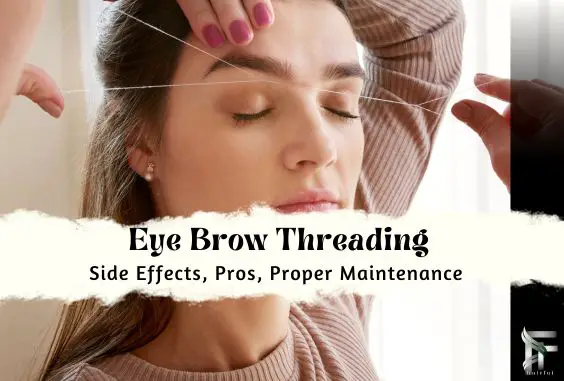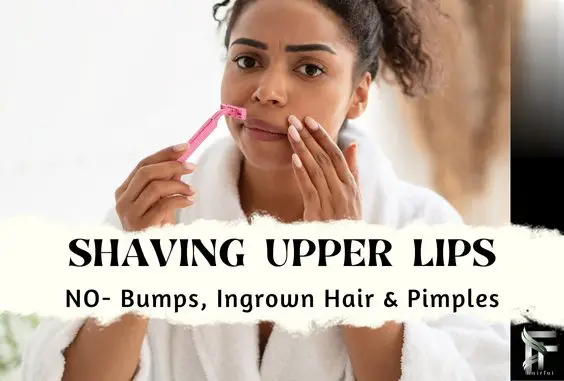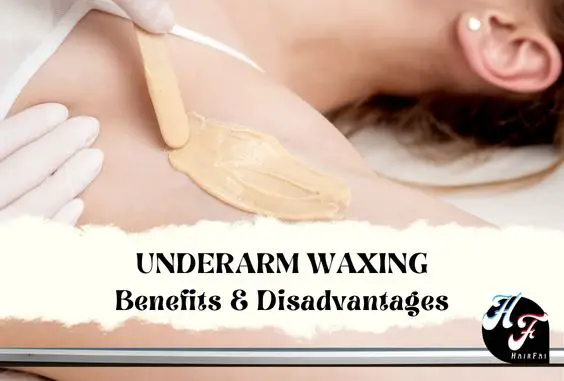Folliculitis After Laser Hair Removal -Treated & Explained

Folliculitis is a common skin condition that happens when pores become inflamed, due to bacteria or fungi. It is also seen as an after-effect of lasering your hair due to irritation and poor aftercare. Many persons go through this phase, some of them have been able to treat it while others are just managing it.
Here we will take talk about everything related to folliculitis after lasering hair. So Keep reading to see the stages leading to folliculitis, The Causes, Prevention, and Treatment after lasering hair.
Symptoms Of Folliculitis After Lasering Hair
After your laser hair removal treatment is completed, you should always keep an eye out for the first stages of folliculitis and its symptoms. So that you are able to treat it before they get out of control. These symptoms are:
- Clusters of small pimples around hair follicles
- Itchy, burning skin
- Irritation around the area. This could be very tempting to scratch, please avoid doing so.
- Painful, tender skin
- Inflamed bumps
Eyebrow Laser Hair Removal- Risk, Precare, Aftercare & Cost
How Long Does Folliculitis Last After Laser?
Folliculitis after your laser hair removal treatment could take between 7-10 days to subside. This is with proper treatments and aftercare of course.
These treatments should be prescribed by your provider or your dermatologist
Pimples & Bumps After Threading- How to Treat & Prevent
Allergic & Histamine Reaction to Waxing -Treat & Prevent
What Is The Fastest Way To Heal Folliculitis
Folliculitis can be caused by either bacteria or fungi. First, you will have to identify which is it and then proceed by having them treated. Below are treatments for both Bacteria and Fungi.
Bacteria causing folliculitis after laser hair removal
1 – Topical Skin Disinfectants
These are used for mild cases, they will be effective enough to kill the causing bacteria and manage your folliculitis better. Some may include Triclosan, Chlorhexidine, and Benzalkonium Chloride.
2 – Antibiotics
Antibiotics work really great for cases that are more moderate and severe.
Fungal-Based Folliculitis after Laser Hair Removal
1 – Ketoconazole Creams or Shampoo
Ketoconazole is a great choice when it comes to fungal base folliculitis or other related fungal problem. This will effectively help with your case of folliculitis within a few weeks of use.
You can also ask your doctor about fluocinonide cream and Doxycycline capsules as they could also help with treating folliculitis.
When it comes to folliculitis after laser hair removal Always seek advice from your provider or dermatologist before applying any treatment.
Other Home Remedy Methods
Is Salt Water Good For Folliculitis
A solution of salt and water is a great DIY home Remedy to help manage your case of folliculitis after your laser treatment. Warm water will help soften and open your infected pores, and the salt has antibacterial properties which will cleanse it thoroughly.
Does Hydrogen Peroxide Help Folliculitis
The bacteria and fungi which cause folliculitis can be managed using Hydrogen Peroxide. Gather a mixture of Hydrogen peroxide with clean water. Apply it onto your skin with a cotton swab.
You can also apply it by itself to the infected area. For the large surface, you can use a small spray bottle.
Related Articles
Folliculitis After Laser Hair Removal -Treated & Explained
Coconut Oil After Shaving – Benefits & How to Use Correctly
Deodorant After Laser Hair Removal – Potential Dangers and Risks
Deodorant After Waxing – Possible Dangers
What to Do After Waxing Underarms- Aftercare Guide & Tips
Benefits & Disadvantages of Waxing Underarm Vs Other Methods
What to know before Threading -Disadvantages & Benefits Of Threading Hair
What Causes Folliculitis After Lasering Hair
Developing Folliculitis mainly occurs after our hair is removed and the pores are left open and vulnerable with no proper aftercare. The most-causing bacteria is called Staphylococcus aureus (staph). Continue reading for detailed reasoning. Citation
1 – Infection of the Pores
The main reason for Folliculitis is when the open pore becomes infected by bacteria, viruses, fungi, and parasites. And if not tended to correctly or early enough, it could cause the infection to spread and infect a larger area.
2 – Poor Aftercare
All aftercare is important but the one that stands out –Is to avoid bacteria from seeping into the open pores. Either through antibiotics, sealants, or by avoiding public tubs and baths, are just a few of the many.
Why this one is highly prioritized, is because it could lead to further damages like:
- Abscesses
- Scarring
- Hyperpigmentation
- Irritation
These are usually what happens if not dealt with early enough and have gotten out of hand.
3 – Unsanitary Environment
Being in an unkept and unsanitary room where you are performing any surgery or treatment is one of the biggest Red Flags out there. this type of environment makes it easier for bacteria contraction.
When booking an appointment with anyone always, make sure to have a consultation beforehand. This gives you the advantage of scanning the working environment.
4 – Bacteria transferal
Unsterilized tools are often the cause of the transfer of bacteria to your skin. Seeing that your skin is what’s being worked on means it becomes easy to get in contact with these bacteria.
Also If you are constantly touching your face after the procedure you’re just putting yourself at risk of transferring unwanted bacteria and viruses to your skin (especially when handling money, and surface areas, always make sure to sanitize your hand before touching the treated area)
5 – Uncertified /unskilled provider
Many people try to get the best for cheap, and because of this, there are a lot of risks involved. Without an experienced practitioner, you will not be able to know where your skin stands, when it comes to the health and protection of your skin.
Many persons are easily prone to bacterial infections. So without the proper knowledge and care beforehand and even during the surgery, could potentially make it easier to suffer a mild infection, leading to folliculitis.
Also, Click here to learn more about folliculitis– Folliculitis After Waxing- How To Treat & Prevent
Related Questions:
Itchy Bumps After Laser Hair Removal
Bumps after laser hair removal are a temporary after-effect of the trauma to the skin caused by the beaming light energy from the laser. It all depends on your skin sensitivity and will subside within 1- 2 days, if not sooner.
White Pimples After Laser Hair Removal
After your laser hair removal treatment, you may experience some small white pimples. They are after-effects that usually take several days to subside. These white pimples are due to the skin glands being overstimulated by the intense pulsed light (IPL) from the laser. Citation
They can be very itchy and irritating. Please refrain from scratching at the area as this will make matters worse.
Red Bumps After Laser Hair Removal
Red bumps after laser hair removal are really just temporary after-effects of the procedure. The trauma will cause your skin to react this way. These bumps shall subside after a few hours, once your skin has returned to its calm state.
Some of these pimples may be inflamed, if you scratch or picked at them they can spread on the skin inflaming other pores, and may also begin looking like Red Welts.
Insurance cover Treatment for Folliculitis After Laser Hair Removal
Treatment for folliculitis after Laser hair removal is usually not covered by insurance, full payment comes from your own pocket. And in case of unfortunate events, you will not be compensated by any insurance company.
However, some providers (Laser clinics) do have certain steps in place in case anything does go wrong on their side. So during your consultation, make sure to inquire more about this.
Related Articles
Folliculitis After Waxing- How To Treat & Prevent
Does Eyebrow Threading Hurt- How To Prep & What To Expect
Pimples & Bumps After Threading- How to Treat & Prevent
Threading Hair Aftercare- What to Do & Apply to Soothe Skin
Does Face Waxing Cause Acne, Bumps, & Larger Pores
Eyebrow Laser Hair Removal- Risk, Precare, Aftercare & Cost






